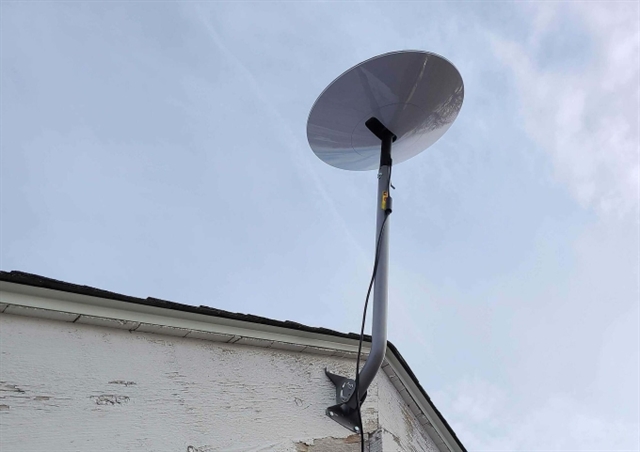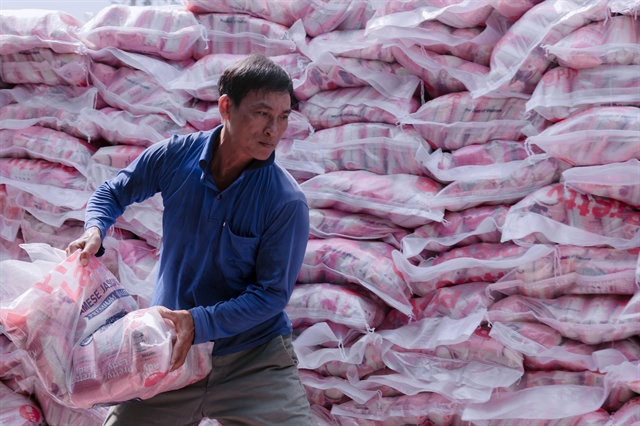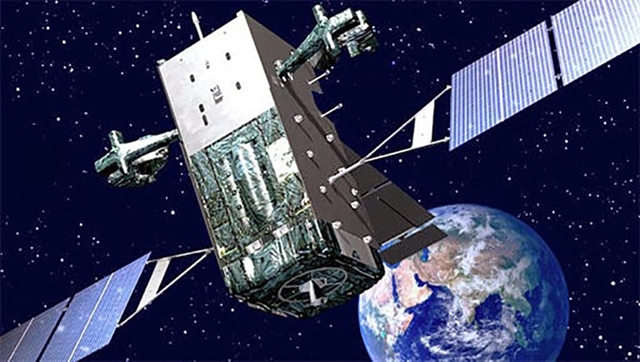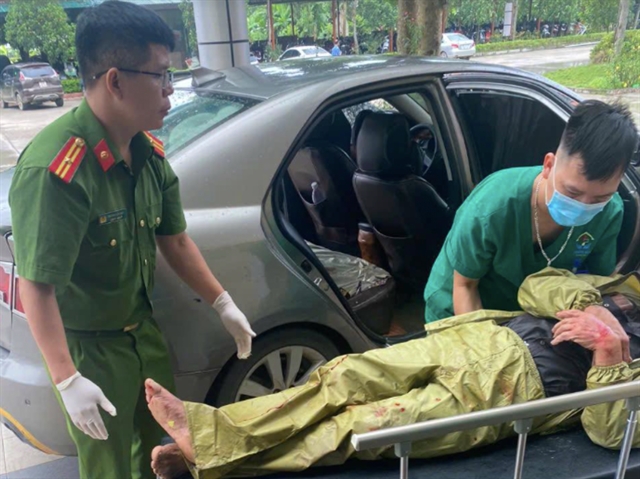 Society
Society

 |
| Việt Nam wants to master remote sensing satellite technology. VNA/VNS Photo |
Deputy director of the National Department of Remote Sensing (Ministry of Natural Resources and Environment) Lê Quốc Hưng talks about how this technology is a key tool for monitoring natural resources and the environment.
Could you please explain the role of remote sensing technology in meeting the country’s development goals in the era of Industry 4.0?
Currently, remote sensing data has become a vital source of information for various fields, including mapping, natural resource investigation and management, environmental monitoring and protection, disaster prevention, urban and regional planning, scientific research and technology development.
In fact, remote sensing imagery can be obtained through multiple techniques, providing crucial information for numerous areas.
In recent years, remote sensing technology has developed rapidly.
Data collected from Earth observation satellites now features higher levels of detail and improved frequency. Integrating remote sensing technology with traditional environmental monitoring methods has significantly enhanced the accuracy of monitoring information.
Remote sensing technology enables rapid data acquisition across large areas, including nationwide and regional scopes, even in places that are difficult for human access.
It ensures up-to-date, real-time imagery and allows data collection to be repeated in various cycles: daily, every few weeks, seasonally or yearly.
By using remote sensing data, continuous and automated monitoring of changes in various environments and phenomena is possible without requiring human presence on-site.
Remote sensing is one of the key tools for monitoring natural resources and the environment. How is this technology currently being applied in Việt Nam?
So far, remote sensing technology has been actively applied in natural resource management, focusing primarily on land, water, minerals and forest resources, as well as environmental monitoring.
Additionally, the natural resources and environment sector is gradually expanding the application of remote sensing technology for unified management and monitoring of natural resources and the environment across the country.
While there are still challenges with remote sensing technology for environmental observation and monitoring, the general trend of the era, coupled with the visionary leadership of the Party and State and the determination of the natural resources and environment sector to protect the environment, suggests that remote sensing technology will increasingly be utilised in managing and protecting the environment in the country.
Could you share some significant achievements of remote sensing technology since its implementation in Việt Nam?
In recent years, numerous projects implemented by the National Remote Sensing Department have delivered positive results.
For example, the project titled 'Using Remote Sensing and GIS Technology to Develop a Database and Create Maps of Pollution and Wastewater Regions in Industrial Zones and Urban Areas to Warn High-Risk Areas in Key Economic Regions of Central Việt Nam' was a notable success.
Another project 'Monitoring Key Offshore Islands and Marine Regions Using Remote Sensing Technology to Support Socio-Economic Development and National Security', as well as the 'Monitoring Coastal Erosion in Key Areas in Central Việt Nam Using Remote Sensing Technology', yielded crucial outcomes.
Notably, the project 'Monitoring Marine and Island Resources Using Remote Sensing Technology' allowed Việt Nam, for the first time, to create a comprehensive and detailed map of the nation's maritime and island resources. The project used modern remote sensing technology to generate information across large areas, in multiple timeframes, with exceptional speed and accuracy.
Additionally, several other key projects within the natural resources and environment sector have applied remote sensing technology effectively, such as the project 'Using Remote Sensing Technology to Assess Drought and Saltwater Intrusion and Locate Water Sources in the South-Central and Central Highlands Regions' and the 'Development of Monitoring and Warning Systems for Water and Air Environmental Factors in Việt Nam's Coastal Regions Using Remote Sensing Technology'.
A significant responsibility of the National Remote Sensing Department is to provide Spot 6/7 satellite imagery to support, guide and establish legal frameworks for enhancing State management activities across ministries, departments and local authorities, promoting the application of remote sensing technology in natural resource and environmental management activities.
In the context of rapidly evolving modern technologies, what plans and strategies does the department have to further develop and effectively apply remote sensing technology in the future?
The current and future development trends of global remote sensing technology could differ significantly from the technologies we are using now.
This requires us to analyse, forecast and grasp these trends to establish suitable strategies for developing science and technology.
By 'leapfrogging' technologies, we can harness global knowledge and reduce technological gaps through research collaboration, technology transfer, and remote sensing technology development.
It is essential to prioritise key technological groups in remote sensing, focusing research and development on these areas.
The department is continuing to propose targeted research initiatives, focusing on providing a scientific basis, improving policy mechanisms, and developing legal frameworks to support state management of remote sensing activities.
Efforts are also being made to automate technological processes for the application of remote sensing in resource and environmental monitoring, perfecting satellite remote sensing systems, enhancing networks of remote sensing data reception stations, and upgrading storage and processing systems.
From now until 2030, Việt Nam aims to master the technology for manufacturing remote sensing satellites, systems for receiving and processing satellite data, satellite control stations, and aerial Earth imagery systems using drones and balloons.
The goal is to develop a national satellite imagery database and data processing system to meet socio-economic, defence and security needs.
Additionally, Việt Nam emphasises the widespread application of remote sensing technology, using its products and data in key areas such as basic surveys, resource and environmental monitoring, disaster response, climate change adaptation, and search and rescue operations. International cooperation in remote sensing is also being actively promoted. VNS




